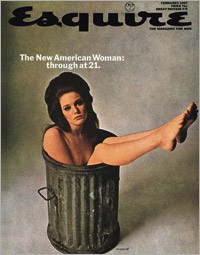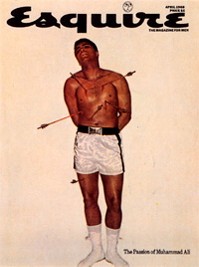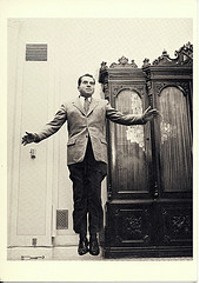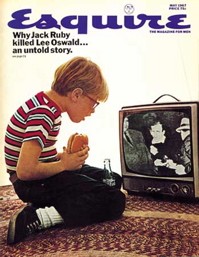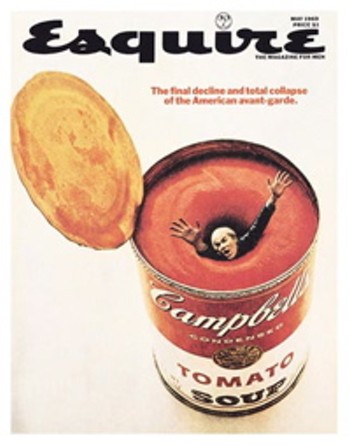Here at RFT we don't have much time for reflection; no sooner do we put one issue to bed than we're late getting on to the next. And don't even get me started about the Beast that is the Blog.
But each week our art squad, led by art director Tom Carlson, puts a truckful of thought into the paper's cover. That's one reason I belatedly -- finally -- began putting a homepage link to "This Week's Cover" on our Web site.The other reason is that I think Tom and Jennifer Silverberg and Sarah Norwood produce terrific work.
Which isn't to say we're in the league of George Lois. The subject of a retrospective at the Museum of Modern Art, Lois designed covers for Esquire magazine from 1962 to 1972.
Here (after the jump) are a few more examples:
Suffice to say that we bow down to Mr. Lois, and not only because at age 76 he still plays full-court basketball.
That's according to a story by Charles McGrath in this past Sunday's New York Times. Writes McGrath:
What was remarkable then -- and seems even more so now, when virtually every magazine cover is a thicket of text lines running behind or on top of one celebrity or another -- is that the Lois covers were virtually textless. They achieved their effect by communicating a single idea through an image. Some were untouched photographs, but, in an era before Photoshop, some were created by the primitive technique of cutting and pasting, using photographs, clip art and sometimes hand-drawn elements.
Lois was also an ad designer, the mind behind the Xerox commercials that featured a chimp making photocopies, VW's “Think small” ads and the “I want my MTV” campaign. McGrath writes that Lois "didn’t see much difference between ads and covers. 'I’ve always been about the big idea, the big idea,' he explained. 'I never had any trouble going into a new area. It’s all a matter of creativity. I even made a music video once for Bob Dylan, using 5,000 years of the history of art.'”
You can see that video, for "Jokerman" (1983), by clicking below (sorry, embedding disabled; click on the pic to be transported to YouTube):
And here's an interview with Lois done a few years back:
And a link to the MoMA's Lois exhitibion page.


